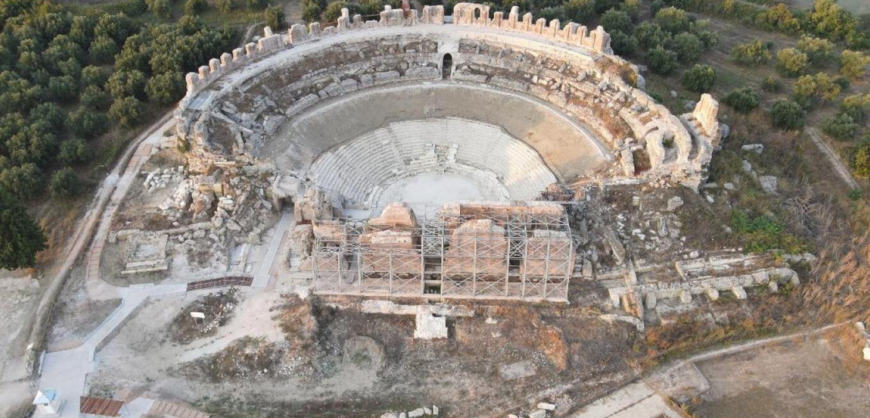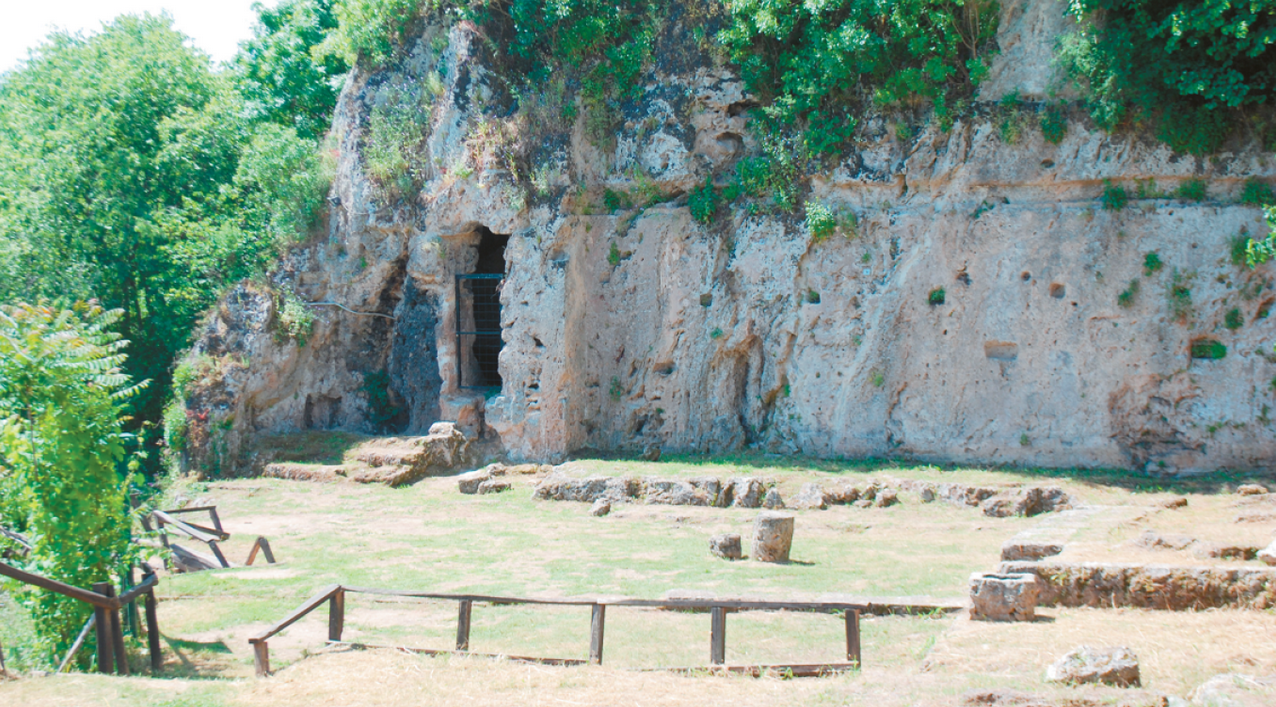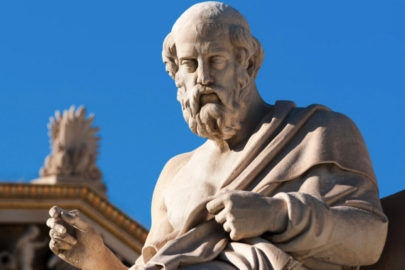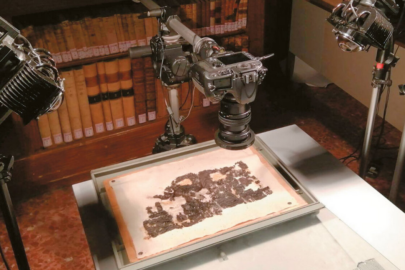Lina Mendoni emphasized that “our policy priority is the outward orientation of Greek culture”
At the largest and oldest organization in the United States dedicated to the science of Archaeology, the Archaeological Institute of America in Chicago, some of the most significant works of protection, maintenance, restoration, and shaping of archaeological sites and monuments were presented, which are carried out throughout Greece by the Ministry of Culture and financed by operational European programs and national resources.
“Our policy priority is the outward orientation of Greek culture, in all its manifestations. It is our strategy to systematically and coherently showcase to the international community the comprehensive projects for the protection, maintenance, restoration, and highlighting of our significant archaeological sites and monuments,” emphasized Minister of Culture Lina Mendoni in her greeting.
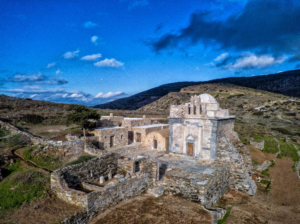
(The monument at Episkopi in Sikinos)
During the meeting, the projects in four emblematic sites were presented: The Superintendent of Antiquities of the Cyclades, Dr. Dimitris Athanasoulis, presented the monument of Episkopi of Sikinos, of the 3rd century BC that was converted into a Byzantine church. This monument offers a unique mix of various archaeological periods that are rarely preserved in ancient monuments.
The restoration and scientific documentation works at the archaic and Roman Telesterion of the Sanctuary of the Kabeiroi in Lemnos were presented by the Superintendent of Antiquities of Lesbos, Dr. Pavlos Triantafyllidis. Lemnos, after the completion of this project, acquired an exceptional archaeological site, the sanctuary of the significant ancient city of Hephaestia, universally accessible in an environment of rare beauty and mythological significance. In the surrounding area, there is also the cave where, according to tradition, the Achaeans left Philoctetes during the time of the Trojan War.
The very significant new archaeological data that emerged during the restoration and shaping works of the Roman theater of Nicopolis, an emblematic monument of the city of Nike of Augustus, where the musical contests of the Actian Games were held, were presented by the Superintendent of Antiquities of Preveza, Dr. Anthi Aggeli.

(The Gymnasium of ancient Olympia)
See Also:
A cardiologist shares 5 foods she almost never eats, from coconut oil to chips
The fourth announcement concerned the Gymnasium of Ancient Olympia and was presented by the Superintendent of Elis, Dr. Erofili Kolia. The dimensions and layout of one of the most emblematic monuments of a UNESCO World Heritage Site were studied as part of the restoration project, while significant elements regarding the history of Ancient Olympia during the late antiquity period came to light during the excavation works.
The participation of the Ministry of Culture in the AIΑ concluded with two more announcements that serve the goals of sustainable development. Professor of Biology at the University of Athens, Panagiotis Pafilis, presented the initial results of the BIOS program. It is a scientific program that involves recording biodiversity in 20 emblematic archaeological sites in Greece and is conducted in collaboration with the Ministry of Culture, the Organization for the Protection of the Environment and Climate Change (O.FY.PE.K.A), and the National and Kapodistrian University of Athens.
Also, the dynamics of “site-specific” performances in archaeological sites were presented by the Director General of the Archaeological Museum of Thessaloniki, Dr. Anastasia Gadolou. Contemporary artistic performances, specially designed for specific archaeological sites, can constitute a creative cultural product that, with the appropriate strategic plan, can lead to an increase in visitation to lesser-known archaeological sites, thereby reducing the risks from the very high visitation to others, and also to give significant cultural importance to iconic sites. The archaeological sites of Delos, Minoan Zakros, and Kavirio in Lemnos were presented as case studies, as “site-specific” performances were presented in the context of the Ministry of Culture’s program, “All of Greece, One Culture.”



